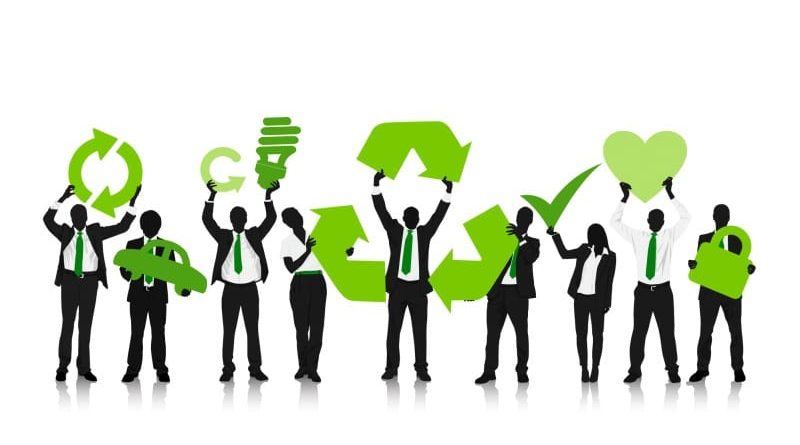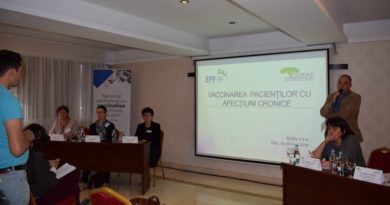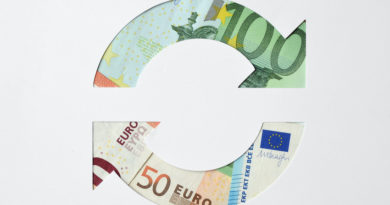
Creating the right ecosystem for the circular economy
We live in particularly uncertain times. On top of the existential challenge of fighting climate change, we have been facing a global pandemic and, more recently, a war on the doorstep of the European Union, which is also having serious repercussions on the world economy.
This combination of factors forces us to rethink further the way we obtain, transform and use the resources we need. As consumers, producers and lawmakers, in a globalized society where everything seemed at one point easily accessible, we are now compelled to make choices. We are obliged to save and reuse. Today, according to figures released by the European Commission, only 12% of secondary materials and resources are brought back into the economy. This level of waste is simply incompatible with our sustainability goals.
The need to change is always demanding, but these times offer us also new opportunities. The next few years have enormous potential for transforming for the better our industry, our economy and the way we function as a society.
The circular economy was once an important part of our lives. Products were built to last, to be reparable and eventually recycled. As a result, there was less demand for raw materials and less waste. A number of smaller businesses and even industries existed around this market for the reparation and reutilization of products and components. Many households earned their income through activities involving reparation and recycling.
Rebuilding the circular economy is not only possible but also desirable, not just for the environment but because doing so can actually have a positive impact in our economy and our industries.
However, in order to achieve this goal, it is not enough to establish high ambitions and adopt demanding regulations. We need to create the right ecosystem, in terms of incentives to producers and consumers but also the elimination of administrative barriers and burdens. Furthermore, we need to invest in skills, to develop the workforce needed to maintain this system.
Globalization is not the sole culprit for the “use and throw away” culture that emerged in the developed world over the past decades. Nor can we simply blame manufacturers for creating products that last less, in what is known as programmed obsolescence.
Increasingly demanding regulations, concerning products specifications, especially about which components could or could not be replaced and recycled, and by whom, have made it more difficult to manufacturers to design long-lasting and reusable products, and have made it more difficult to consumers to find qualified professionals willing to repair their products at cost-effective prices.
That is not to say that we should lower our regulatory standards for products. Quite the opposite: what we need to do is to raise those standards to make sure these products are built better, last longer, and are fully recyclable. However, doing this requires us to look at the entire legislative framework, correcting incoherencies and excessive red tape.
I believe we are headed in the right direction. The Circular Economy Action Plan, which builds on the successes of existing eco-design legislation, proposes new rules to make almost all physical goods on the EU market, from textiles to high-tech products, more eco-friendly, circular, and energy efficient throughout their whole lifecycles. Moreover, it includes measures aimed at empowering consumers in the green transition.
It is important to mention that existing eco-design rules have proven themselves very effective. According to the European Commission, in 2021 alone, existing eco-design requirements saved consumers €120 billion and led to a 10% lower annual energy consumption by the products in scope. The goal is to increase substantially these figures by 2030, while also addressing the matters of durability, compatibility and reusability.
Companies need to build products and components that no only last longer and perform better but are also usable for different purposes and, in the case of electronic products, more compatible with other devices.
In this respect, the recent vote in the European Parliament to adopt a common charger for telephones and other portable devices was a clear step in the right direction. With this simple (but tough to negotiate) decision it is estimated that European consumers will save around 250 million euros per year, while e-waste will be reduced by 11,000 tonnes also annually. One can only wonder what we will achieve once this example is followed in this and other categories of products.
I personally do not share the concerns about the impact decisions like this can have on the companies’ ability to innovative, because a strong bet on research and innovation is precisely what we need to do in order to achieve our ambitious goals. What must be ensured is adequate funding to R&I and, as I mentioned, the harmonized legal framework that will lead to the ecosystem that will allow the circular economy to flourish.




